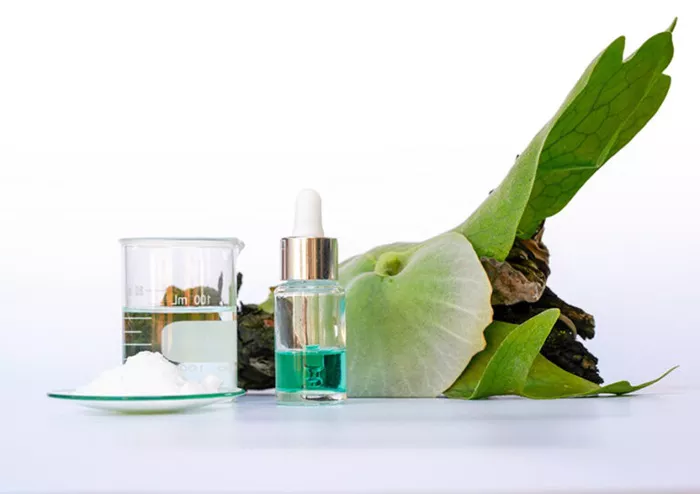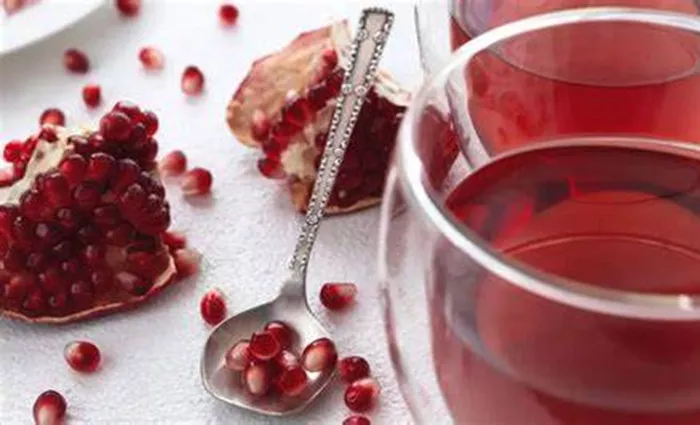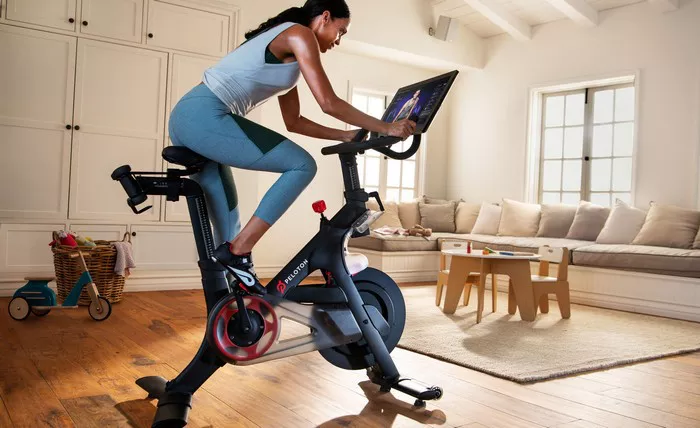Abrasions are one of the most common types of skin injuries. Most people experience them at some point, whether from falling off a bicycle, scraping a knee during sports, or brushing against a rough surface. Though often considered minor, abrasions can be surprisingly painful and, if not treated properly, may lead to complications such as infection or scarring. Understanding how they occur, how to treat them, and when to seek medical attention can make a big difference in recovery and comfort.
An abrasion occurs when the skin is scraped or rubbed away, usually as a result of friction against a rough surface. Unlike cuts or lacerations that slice through the skin, abrasions typically affect the outermost layer—the epidermis—and sometimes reach the dermis underneath. Because nerve endings are concentrated in these layers, abrasions can be quite painful despite their superficial appearance. They also bleed more modestly than deeper wounds, which can lead people to underestimate their seriousness.
Causes of Abrasions
Abrasions often result from sudden impacts or dragging movements. They are common during physical activities such as running, cycling, or playing contact sports. Children are particularly prone to them due to their energetic nature and thinner, more delicate skin. Falls onto hard or rough surfaces like asphalt, concrete, or gravel are frequent causes.
In addition to everyday accidents, abrasions can also occur in the workplace. For example, factory workers, construction crews, or athletes who perform repetitive tasks involving friction are at higher risk. In some medical procedures, controlled abrasions are even used intentionally to remove damaged skin—such as in dermabrasion for scar treatment. However, accidental abrasions are typically unplanned and often happen in seconds, requiring immediate care to prevent infection.
Types and Classifications
Abrasions can be classified into different types depending on their depth and severity. A superficial abrasion, also called a first-degree abrasion, affects only the top layer of skin and typically heals within a few days without scarring. These are often described as “grazes” or “scrapes.”
Deeper abrasions, also known as second-degree abrasions, extend into the dermis and may cause bleeding, increased pain, and longer healing times. In some cases, small amounts of debris like dirt or gravel may become embedded in the wound, increasing the risk of infection. In rare situations, abrasions may become severe enough to be considered third-degree if large areas of tissue are removed, though this is more likely in industrial accidents or serious trauma.
Immediate Care and First Aid
Proper first aid is crucial when treating abrasions. The first step is to clean the area as soon as possible. Rinse the wound gently under cool running water to remove dirt and debris. If particles remain, use sterilized tweezers to dislodge them, being careful not to press too hard and cause more damage.
After cleaning, gently pat the area dry with a sterile cloth or gauze. Avoid rubbing the wound, as this can further irritate the skin. Applying an antibiotic ointment can help prevent infection and keep the area moist, which supports healing. Cover the abrasion with a sterile bandage or non-stick dressing to protect it from friction and contamination. Change the dressing daily or whenever it becomes wet or dirty.
Signs of Infection to Watch For
Even minor abrasions can become infected if bacteria enter the open skin. It’s important to monitor the wound in the days following the injury. Redness and swelling are common during the early stages of healing, but if these symptoms increase or are accompanied by warmth, pus, or a foul odor, it may indicate an infection.
Fever, increasing pain, or red streaks extending from the wound are signs that the infection may be spreading. In such cases, prompt medical treatment is needed. A healthcare provider may prescribe antibiotics or recommend additional wound cleaning to prevent complications like cellulitis or, in rare cases, sepsis.
Healing Process and Recovery
The healing time for an abrasion depends on its depth, size, and location. Superficial abrasions typically heal within 3 to 7 days, while deeper wounds may take 1 to 3 weeks. During healing, a scab often forms as the body works to close the wound and rebuild the skin. This scab serves as a natural barrier, protecting the wound from dirt and bacteria.
It’s important to avoid picking at the scab, as this can delay healing and increase the risk of scarring or infection. Keeping the area moisturized and protected supports healthy skin regeneration. Once the scab falls off, the skin underneath may appear pink or slightly different in texture, but this usually fades over time as the skin matures.
Prevention Strategies
While not all abrasions can be avoided, many are preventable with a few simple precautions. Wearing protective gear like knee pads, elbow guards, or gloves during high-risk activities can reduce the chances of skin injury. Cyclists, skateboarders, and athletes in contact sports should use appropriate safety equipment.
Proper footwear and being aware of your surroundings can also help prevent falls, which are a leading cause of abrasions. In work settings, following safety protocols and wearing personal protective equipment is essential to minimize risk. For children, ensuring that playgrounds are well-maintained and free of sharp or rough surfaces can reduce injury potential.
Differences Between Abrasions, Lacerations, and Burns
It’s useful to understand how abrasions differ from other skin injuries. Lacerations are cuts or tears in the skin caused by sharp objects like glass, metal, or knives. They often bleed more heavily and may require stitches to close. Burns, on the other hand, are caused by heat, chemicals, electricity, or radiation. Depending on the severity, they may affect multiple skin layers and require intensive care.
Abrasions are unique in that they are caused by friction and typically do not penetrate as deeply. However, despite being considered more superficial, they can still be quite painful and carry a risk of infection if not treated correctly. Recognizing these differences can help in choosing the right treatment and determining when medical help is needed.
When to See a Doctor
While many abrasions can be managed at home, there are situations where medical attention is necessary. If the wound is large, located on the face, or contains embedded debris that cannot be removed easily, a healthcare provider should examine it. Additionally, if the abrasion shows signs of infection or fails to improve after several days, medical treatment is recommended.
Tetanus is another concern, especially for abrasions caused by rusty or dirty objects. If you haven’t had a tetanus booster in the past 5 to 10 years, your doctor may suggest getting one after a significant skin injury. Prompt professional evaluation ensures that healing proceeds without complications and that deeper tissue damage is not overlooked.
Long-Term Skin Care After Abrasions
Even after an abrasion has healed, the skin may remain sensitive and prone to dryness. Using a fragrance-free moisturizer can help restore the skin’s barrier function and improve comfort. Protecting the area from the sun is also important, as new skin is more vulnerable to UV damage and discoloration.
If scarring occurs, topical treatments containing silicone or vitamin E may help improve the skin’s appearance over time. However, not all scars respond to over-the-counter products. For noticeable or bothersome scars, dermatological treatments like laser therapy or microneedling may be considered. The key is to be patient, as full skin recovery can take weeks to months depending on the injury’s depth.
Abrasions may be common, but they deserve proper attention and care. Treating them promptly, watching for signs of infection, and supporting skin healing can prevent complications and discomfort. Whether you’re caring for a scraped knee or a work-related injury, understanding how to manage abrasions effectively will lead to faster recovery and healthier skin. Knowledge, preparation, and the right care go a long way in making sure that a minor scrape stays exactly that—minor.
Related Topics

































